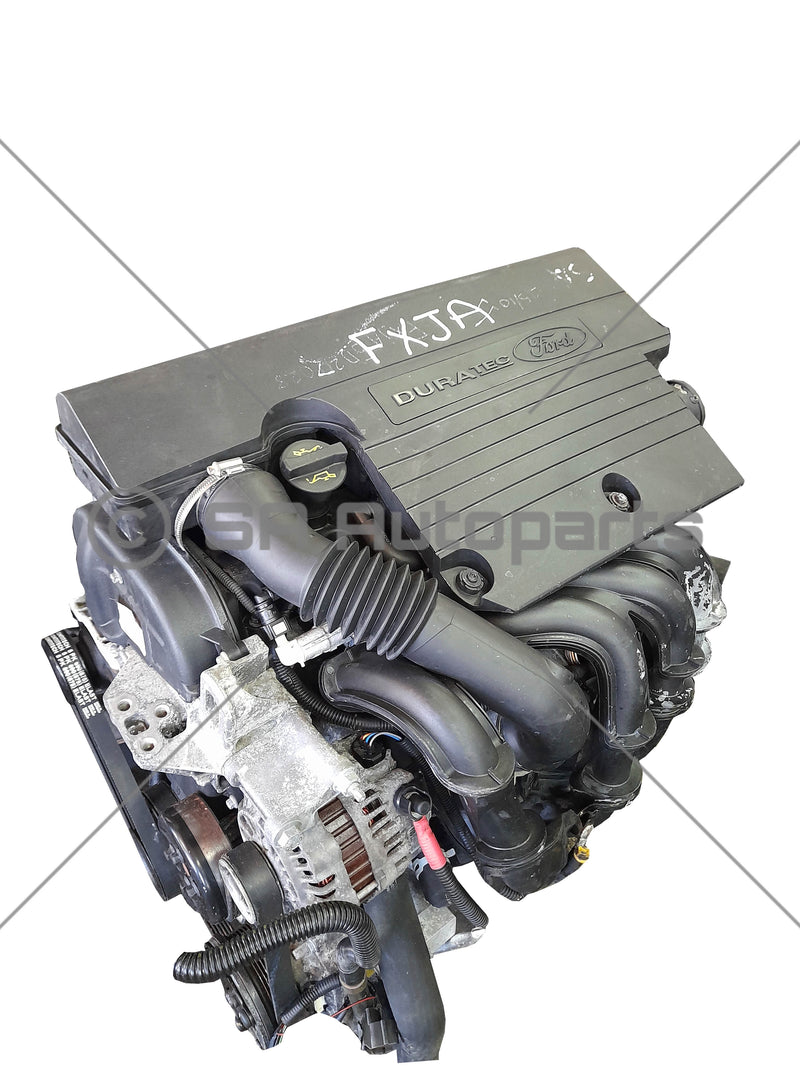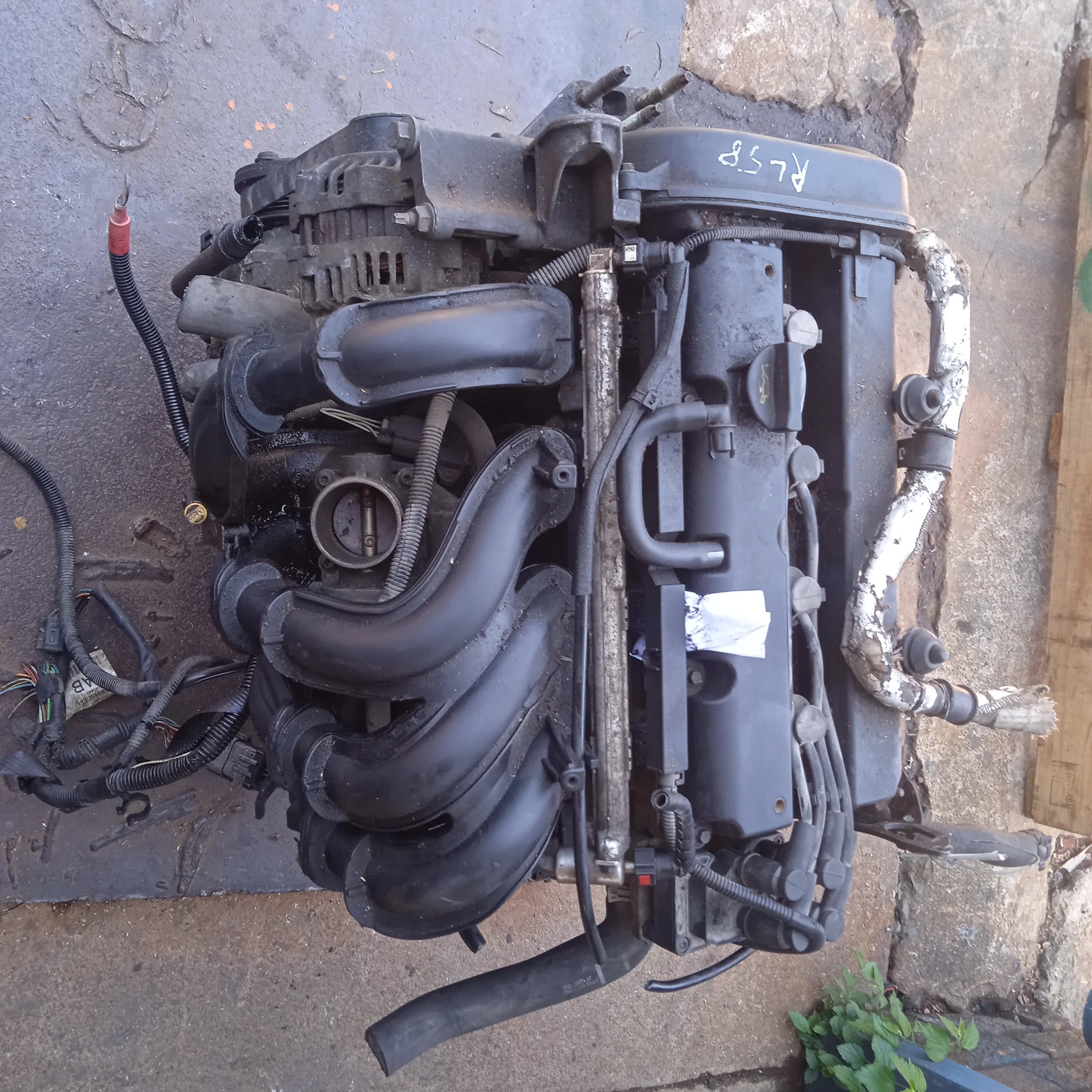Troubleshooting Ford Fiesta Engine Problems: What You Need to Know
Troubleshooting Ford Fiesta Engine Problems: What You Need to Know
Blog Article
Checking Out the Development of Engines: From Classic Layouts to Modern Marvels
From the initial vapor engines that powered the Industrial Transformation to the appearance of inner combustion engines that changed mobility, each phase has actually contributed to greater effectiveness and capacity. As we take a look at these landmarks, one need to take into consideration how the future of engine style might unravel, challenging our understandings of power and effectiveness.
The Birth of Engine Modern Technology
The arrival of engine innovation noted a turning point in human innovation, changing power conversion and transport. The earliest engines arised from the requirement to harness mechanical power for functional usage, causing the growth of devices that transformed different energy kinds right into movement. The idea of the engine can be traced back to ancient human beings, where basic devices, such as the waterwheel and windmill, used all-natural forces to carry out job. It was throughout the late 17th and early 18th centuries that substantial advancements started to appear.
The growth of the inner combustion engine and the invention of the heavy steam engine catalyzed a profound change in industrial abilities. These engines not only enhanced effectiveness yet also broadened the range of human wheelchair, allowing unprecedented transportation possibilities. The early models prepared for the mechanical globe, facilitating the rise of sectors and improving social frameworks.
As engine styles developed, they advanced and included ingenious products engineering concepts, leading the way for contemporary advancements - ford fiesta engine. The birth of engine innovation sparked an unrelenting search of performance and power, establishing the stage for the vibrant advancement of transport and industrial equipment that would follow
Vapor Engines and Their Impact

The heavy steam engine's impact was specifically apparent in the transport industry (ford fiesta engine). Steam-powered engines facilitated the rapid motion of items and individuals throughout substantial distances, efficiently diminishing the geographical barriers that had actually previously prevented profession and interaction. Steamships changed naval traveling, enabling for quicker and more trusted crossings of oceans and rivers.
In sector, heavy steam engines powered factories, enabling automation and the increase of urban facilities as centers of economic activity. This change not just changed labor characteristics however also added to the emergence of a consumer-driven culture. Moreover, heavy steam innovation cultivated technologies in design and production procedures, preparing for future improvements in engine design. The tradition of heavy steam engines is profound, reflecting a zero hour in human resourcefulness and the unrelenting pursuit of progression.
The Rise of Internal Burning
Frequently eclipsing heavy steam power, the rise of inner burning engines noted a transformative change in transportation and sector throughout the late 19th and early 20th centuries. The growth of these engines, characterized by their capacity to melt gas within the engine itself, allowed greater effectiveness and power compared to traditional steam engines. Introducing developers such as Nikolaus Otto and Rudolf Diesel played critical functions in refining engine styles, resulting in extensive fostering in cars, watercrafts, and industrial equipment.
The interior combustion engine's compact dimension and reasonably lightweight nature assisted in the appearance of individual vehicles, changing private movement and improving city landscapes. By making it possible for faster traveling and the efficient transport of products, these engines militarized financial development and fostered globalization. The adaptability of gas alternatives, including gasoline and diesel, better boosted their appeal, enabling diverse applications throughout different sectors.
In spite of the ecological concerns that would later on arise, the preliminary attraction of interior burning innovation lay in its transformative possibility. As society accepted this technology, the structure was laid for modern transport systems, developing internal combustion engines as a cornerstone of industrial advancement and day-to-day live throughout the 20th century.
Innovations in Engine Effectiveness
As inner combustion engines became integral to transport and industry, the emphasis moved towards improving their efficiency to meet growing demands for efficiency and sustainability. Innovations in engine design, product science, and technology have actually substantially added to this advancement.
One major improvement is the growth of turbocharging, which enables enhanced air consumption, leading to even more full gas combustion and improved power outcome without expanding engine dimension. Furthermore, variable click valve timing systems have been carried out to enhance engine efficiency across various RPM ranges, thus improving fuel effectiveness.
The usage of advanced fuel shot modern technologies, such as direct shot, has actually also played a crucial role. This method enables even more exact control over the fuel-air blend, advertising better combustion and minimizing discharges. Lightweight materials, including light weight aluminum and composite parts, have actually been taken on to minimize overall engine weight, leading to enhanced performance.
These innovations reflect a broader pattern within the vehicle market, where the synergy in between engineering development and environmental factors to consider drives the continuous mission for greater effectiveness in internal combustion engines. Because of this, contemporary engines are currently much more effective, cleaner, and efficient than ever, paving the means for a more sustainable future in transport.
The Shift to Electric Power
With expanding concerns over environmental effect and fossil gas dependency, the vehicle sector is experiencing a significant shift in the direction of electric power. This shift is driven by a combination of technical advancements, regulatory stress, and transforming consumer preferences. Electric lorries (EVs) offer an engaging option to traditional inner combustion engines, boasting minimized greenhouse gas emissions and reduced operating expenses.
The increase of battery modern technology has been a video game changer, with lithium-ion batteries becoming more affordable and effective. Enhanced power thickness and faster charging capabilities have made EVs more sensible for everyday use. In addition, federal governments worldwide are implementing rewards and establishing enthusiastic targets for eliminating nonrenewable fuel source vehicles, therefore accelerating the fostering of electric power.
Major automakers are spending heavily in r & d, resulting in the intro of a diverse range of electric models. This includes not only auto this content but also industrial vehicles and public transportation solutions. As billing framework expands and battery modern technology remains to enhance, the shift to electric power is positioned to reshape the automobile landscape, advertising sustainability and advancement in the years to come. The future of transport is electrical, and the momentum is indisputable.
Final Thought
The advancement of engine modern technology stands for a substantial trajectory of innovation that has explanation greatly influenced transportation and market. From the fundamental vapor engines to the transformative internal combustion engines, each advancement has actually contributed to enhanced movement and economic development.

Report this page